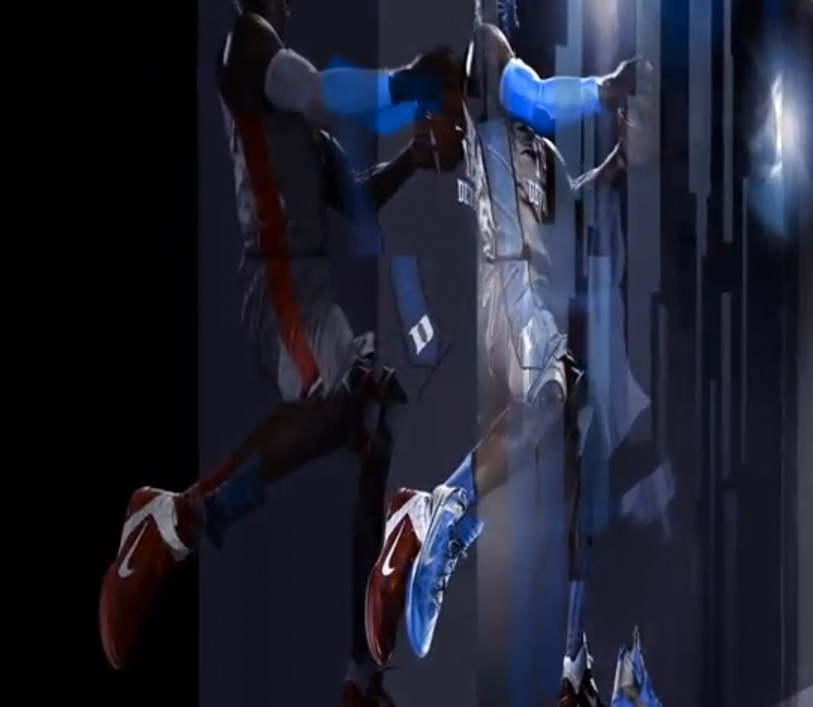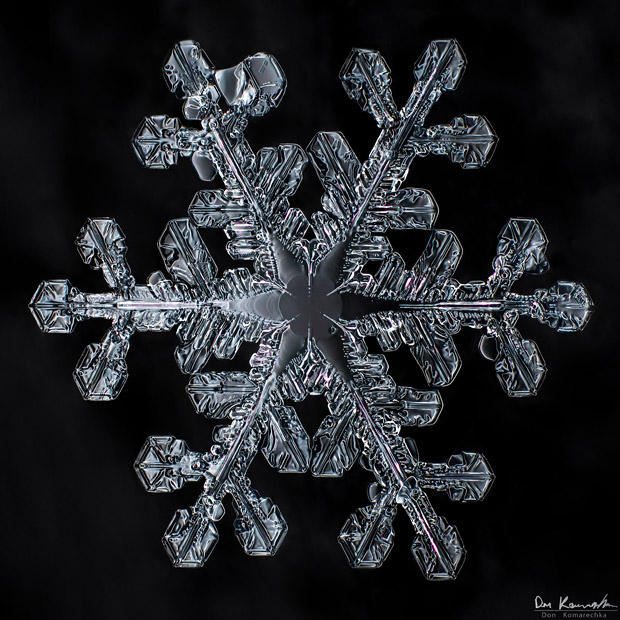LED technology is currently developing at a rapid rate and in this article we look at how you can utilize the latest LED technology to light your images until the photographic lighting industry catches up. See how for under £20 you can make a portable, rechargeable light that can produce results like this in a totally dark room:
I love this kind of DIY stuff. I have used milk jugs as diffusors for years myself.































